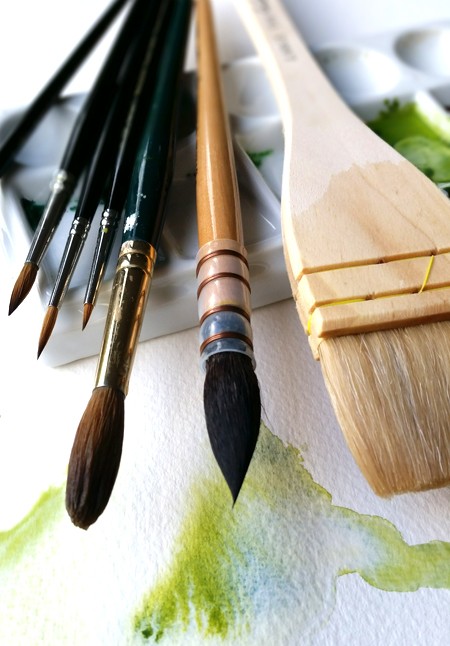Choosing the Right Watercolour Brushes
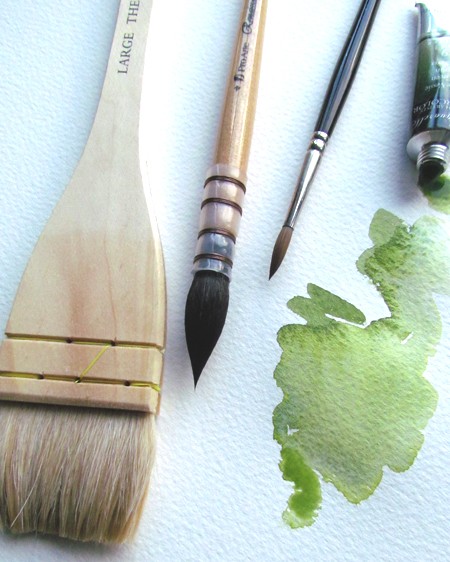
A Goat Hake, a Squirrel Mop and a Sable Round
When choosing a brush for use with watercolour, gouache and other fluid media, there are 4 main properties that you should look for. These are:
- The ability to carry a lot of water/colour
- An even flow control so that the colour flows evenly and consistently from the brush
- A perfect ‘snap’ or spring enabling the brush to spring back into shape during use
- And for rounds, a great point which will hold when wet.
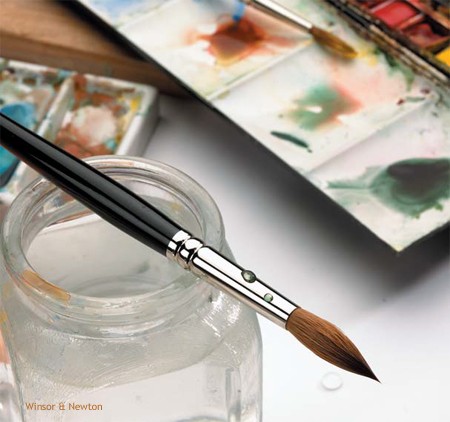
A Series 7 Kolinsky Sable Brush
Watercolour brushes can be made from both natural hair and synthetic fibres. The highest quality natural hair for watercolour comes from the Kolinsky Sable from Siberia which offers all of these characteristics and is therefore the best hair to choose.
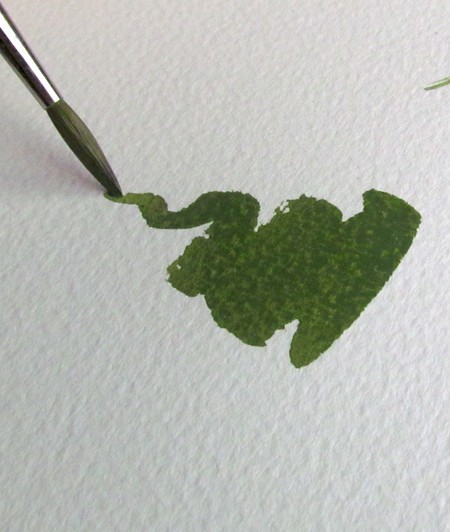
Water-carrying properties of a Sable Brush
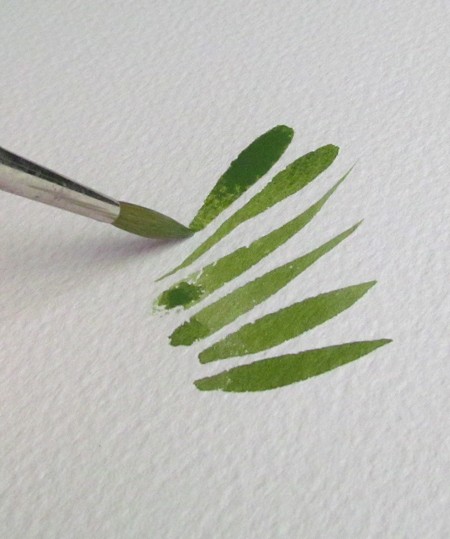
And the ‘spring’ that allows for a myriad of mark-making options
It should be noted that the term ‘sable’ can be applied to hair from many different species of weasel and from many different parts of the pelt resulting in different grades – the higher grades being all singing, all dancing whilst the very lower grades offer good water carrying properties but no shape, snap or flow. Always look at the recommended retail cost of a sable brush as this will indicate the grade of the hair that has been used.
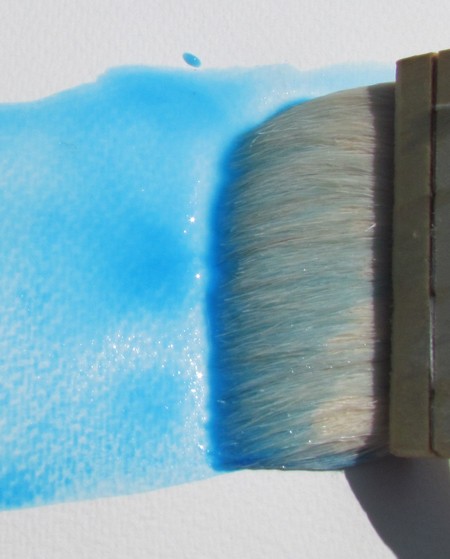
A Goat Hake holds a great deal of water so is ideal for large area washes
Squirrel and goat also have very good colour carrying capacity. Their natural softness and affordability make them a great choice for larger rounds, flat wash brushes and mops. Smaller rounds are available in squirrel but, having far less spring than sable, they suit a looser painting style where colour is laid down in washes or with more flourished mark-making made with movements of the wrist. Artists that require more responsiveness in order to make controlled marks may find them a bit unruly.
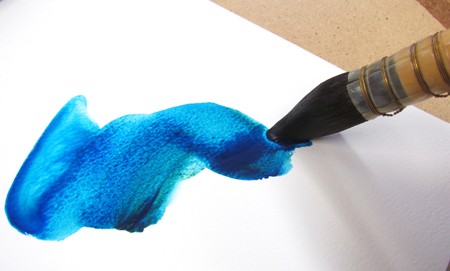
Squirrel Mops can be used for washes and more expressive mark-making
Then there are the ‘blended’ ranges. Most manufacturers will have their own range or ranges that combine natural hair with synthetic fibres or a have a mix of complimentary synthetic fibres that offer many of the characteristics of a great watercolour brush at a more affordable price. Pro Arte’s Connoisseur range is made from a carefully calculated blend of Prolene and sable which bellies just like a pure sable, holds a lot of colour and holds a good point. It is also longer lasting than some Sables and, of course, a lower cost.

The Pro Arte Connoisseur led the way in combining natural hair and synthetic fibres
Pro Arte also led the way in developing a combination that could mimic natural hair with their Prolene and Prolene Plus ranges which I would certainly recommend for watercolour as well as gouache, inks, thinned oil and thinned acrylic.
Another popular range is the Cotman range from Winsor and Newton – a completely synthetic brush that has become a mainstay for the amateur and professional watercolorist. Using a blend of fibres of differing thicknesses, the range mimics the important qualities found in natural hairs with the thicker fibres giving strength and spring and the thinner fibres offering good colour carrying capacity. This makes them a good all-rounder and a great starting point for your brush collection.
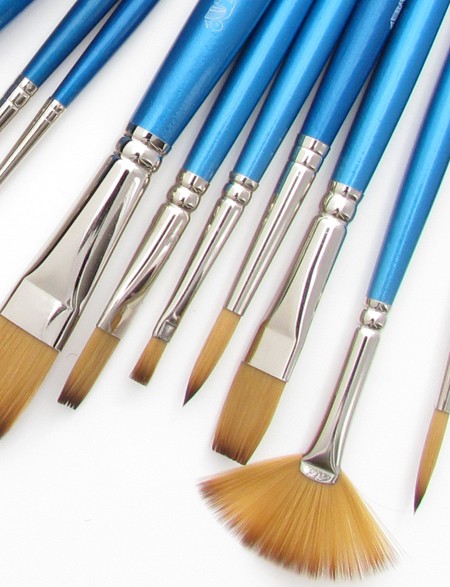
The Winsor & Newton Cotman range is an example of a pure Synthetic Watercolour Brush
Raphael’s Soft Aqua, meanwhile, is a brand new brush innovation because of its wavy synthetic fibres. The wavy, undulating shape of the fibre creates spaces which hold the water molecules far better than regular synthetic hair. They allow extended painting without having to return to the palette. The brushes retain their shape extremely well after each use and the soft hairs are extremely resilient. These come in metal-ferruled rounds and quill-bound rounds.

Soft Aqua Brushes from Raphael have wavy synthetic fibres to trap more fluid
All of these brushes are designed for Watercolour but which ones you choose will come down to how you like to work, the way you like to hold a brush, whether your style is loose or very detailed or what your preferred subject matter dictates.
Personally I like to have a mix of types of brush for watercolour so that I have choice of mark-making options. A Ron Ranson Goat Hake for broad washes, a couple of larger Renaissance Mops from Pro Arte and a number of smaller Kolinsky Sables for detail.
